Resources
About Us
Automatic Door Market by Type (Sliding, Swinging, Folding, Revolving), Material (Glass, Metal, Plastic), Operating Mechanism (Sensor, Remote, Access Control), Application (Commercial, Healthcare, Transportation, Industrial, Residential), & Geography - Global Forecast to 2032
Report ID: MRCHM - 1041483 Pages: 210 May-2025 Formats*: PDF Category: Chemicals and Materials Delivery: 24 to 72 Hours Download Free Sample ReportThis market research report analyzes the automatic door market, evaluating how solution providers are addressing increasing urbanization trends, smart building integration demands, and sustainability requirements across various industries and regions. The report provides a strategic analysis of market dynamics, growth projections till 2032, and competitive positioning across global and regional/country-level markets.
Key Market Drivers & Trends and Insights
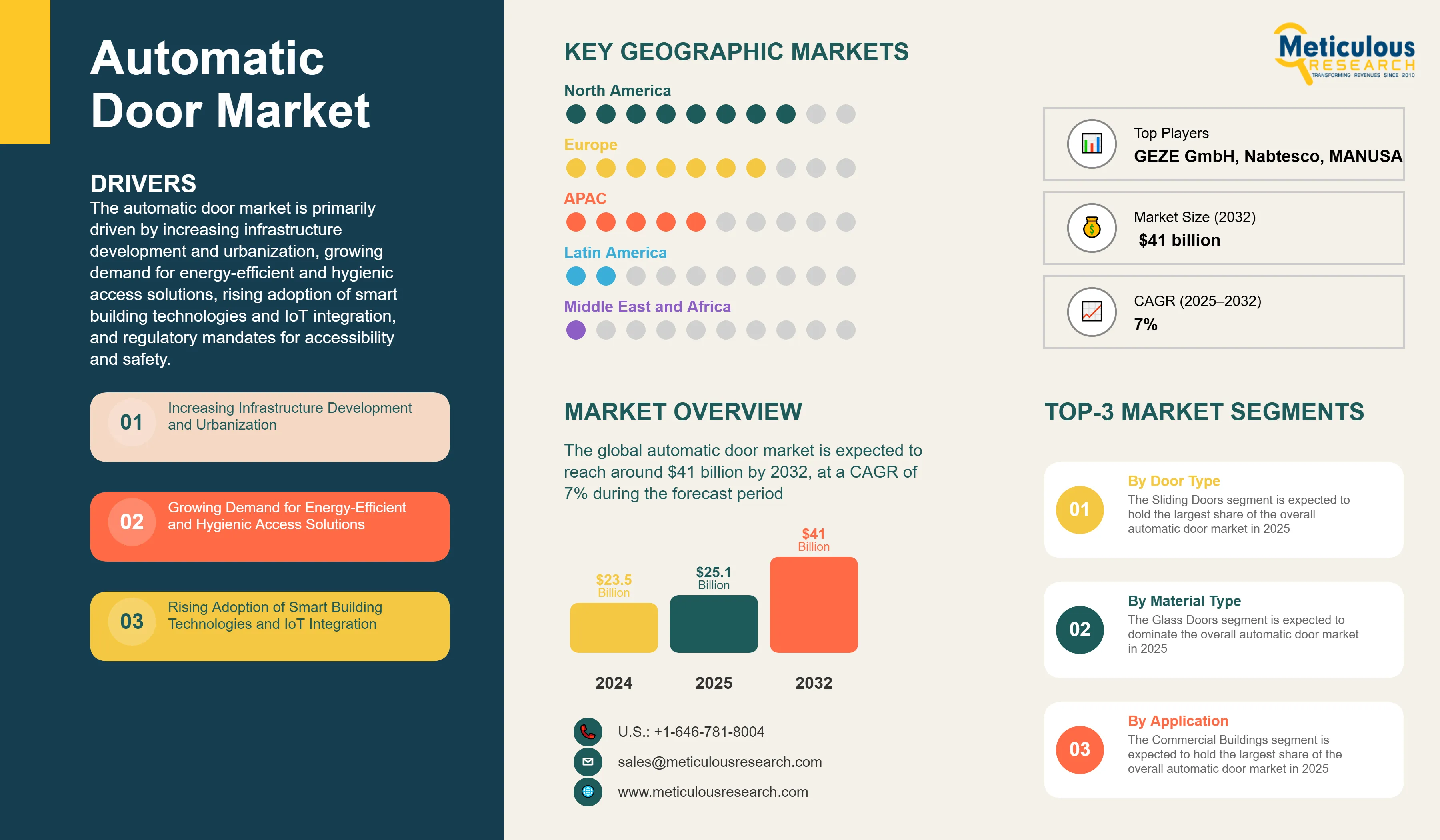
Click here to: Get Free Sample Pages of this Report
The automatic door market is primarily driven by increasing infrastructure development and urbanization, growing demand for energy-efficient and hygienic access solutions, rising adoption of smart building technologies and IoT integration, and regulatory mandates for accessibility and safety. The shift from conventional doors to automated access systems is reshaping the industry, while increasing use of sensor-based and motion-activated doors is gaining significant traction. Additionally, integration with building automation and security systems, rising demand for customized and aesthetic door designs, and growing focus on energy efficiency and sustainability are further driving market growth, especially in North America and Asia-Pacific.
Key Challenges
Despite significant growth potential, the overall automatic door market faces challenges including high initial installation and maintenance costs, complexity in integration with existing building systems, and regulatory and safety compliance challenges. Additionally, ensuring system reliability and safety in high-traffic areas, managing diverse customer requirements across sectors, addressing cybersecurity concerns in connected door systems, balancing upfront costs with long-term benefits, and adapting to rapidly evolving smart building standards present significant barriers, potentially slowing down market adoption in different sectors across the globe.
Growth Opportunities
Integration of contactless and AI-enabled door systems is driving innovation across multiple segments. Another major opportunity lies in expansion in emerging markets and smart cities. Additionally, development of energy-efficient and sustainable door designs is creating new revenue streams for solution providers. Growing focus on hygienic access solutions following global health concerns and innovative sensor technologies for improved functionality and safety further expand the growth landscape for both established providers and innovative startups.
Market Segmentation Highlights
By Door Type
The Sliding Doors segment is expected to hold the largest share of the overall automatic door market in 2025, due to its versatility, space efficiency, and widespread application across commercial, healthcare, and transportation sectors. These solutions provide reliable performance with minimal maintenance requirements. The Swinging Doors segment follows closely, particularly popular in settings requiring controlled access or where space permits. However, the Revolving Doors segment is expected to grow at the fastest CAGR during the forecast period, driven by increasing emphasis on energy efficiency and the ability to create prestigious entrances for high-end commercial buildings.
By Material Type
The Glass Doors segment is expected to dominate the overall automatic door market in 2025, primarily due to their aesthetic appeal, visibility benefits, and modern design compatibility. These solutions appeal to organizations seeking contemporary appearances for commercial and retail spaces. The Metal Doors segment follows closely, leveraging its durability and security advantages for industrial and high-security applications. However, the Plastic/Composite Doors segment is expected to grow at the fastest CAGR through 2032, driven by increasing need for lightweight, corrosion-resistant, and thermally efficient solutions in specialized applications.
By Operating Mechanism
The Sensor-Based segment is expected to hold the largest share of the overall automatic door market in 2025, as these mechanisms provide hands-free operation and enhanced user convenience across various applications. Access Control Integrated systems follow as security considerations drive adoption in corporate and high-security environments. However, the Remote Control/Push Button segment is expected to experience consistent growth during the forecast period, driven by applications requiring deliberate activation and controlled access points, particularly in healthcare and industrial settings.
By Application
The Commercial Buildings segment is expected to hold the largest share of the overall automatic door market in 2025, primarily due to high foot traffic, focus on customer experience, and aesthetic considerations in retail and office environments. Healthcare Facilities follow closely, particularly as hygiene and accessibility requirements drive adoption of automatic doors. However, the Transportation Hubs segment is expected to grow at the fastest CAGR from 2025 to 2032, driven by increasing infrastructure development, passenger volume growth, and emphasis on efficient people movement in airports and railway stations.
By Geography
North America is expected to hold the largest share of the global automatic door market in 2025, driven by stringent accessibility regulations, high commercial construction activity, and significant investment in building automation technologies. Additionally, growing retrofitting of existing buildings with modern access solutions contributes significantly to market dominance. Europe follows as the second-largest market, bolstered by advanced building standards and strong focus on energy efficiency. However, Asia-Pacific is witnessing the fastest growth rate during the forecast period, primarily driven by rapid urbanization, extensive infrastructure development, and increasing adoption of smart building technologies across emerging economies.
Competitive Landscape
The global automatic door market features a diverse competitive landscape with established door and access control system manufacturers, building automation specialists, and innovative technology solution providers pursuing varied approaches to automatic door implementation.
The broader solution provider landscape is categorized into industry leaders, market differentiators, and emerging players, with each group employing distinctive strategies to maintain competitive advantage. Leading providers are focusing on integrated solutions that combine automatic door systems with broader building automation while addressing industry-specific challenges.
The key players operating in the global automatic door market are ASSA ABLOY Group, dormakaba Holding AG, GEZE GmbH, Nabtesco Corporation, Stanley Black & Decker, Inc., Sanwa Holdings Corporation, MANUSA GEST, S.L., Rite-Hite Holding Corporation, Royal Boon Edam International B.V., and Deutschtec GmbH among others.
|
Particulars |
Details |
|
Number of Pages |
210 |
|
Format |
PDF & Excel |
|
Forecast Period |
2025–2032 |
|
Base Year |
2024 |
|
CAGR (Value) |
7% |
|
Market Size (Value) in 2025 |
USD 25.1 billion |
|
Market Size (Value) in 2032 |
USD 41 Billion |
|
Segments Covered |
|
|
Countries Covered |
North America (U.S., Canada), Europe (Germany, United Kingdom, France, Italy, Spain, Netherlands, Nordics, Rest of Europe), Asia-Pacific (China, India, Japan, South Korea, Australia, Rest of Asia-Pacific), Latin America (Brazil, Argentina, Mexico, Rest of Latin America), Middle East & Africa (United Arab Emirates, Kingdom of Saudi Arabia, Rest of Middle East & Africa) |
|
Key Companies |
ASSA ABLOY Group, dormakaba Holding AG, GEZE GmbH, Nabtesco Corporation, Stanley Black & Decker, Inc., Sanwa Holdings Corporation, MANUSA GEST, S.L., Rite-Hite Holding Corporation, Royal Boon Edam International B.V., and Deutschtec GmbH |
The global automatic door market was valued at approximately $23.5 billion in 2024. This market is expected to reach around $41 billion by 2032 from an estimated $25.1 billion in 2025, at a CAGR of 7% during the forecast period of 2025–2032.
The global automatic door market is expected to grow at a CAGR of 7% during the forecast period of 2025–2032.
The global automatic door market is expected to reach $41 billion by 2032 from an estimated $25.1 billion in 2025, at a CAGR of 7% during the forecast period of 2025–2032.
The key companies operating in this market include ASSA ABLOY Group, dormakaba Holding AG, GEZE GmbH, Nabtesco Corporation, Stanley Black & Decker, Inc., Sanwa Holdings Corporation, MANUSA GEST, S.L., Rite-Hite Holding Corporation, Royal Boon Edam International B.V., and Deutschtec GmbH among others.
Major trends shaping the market include increasing use of sensor-based and motion-activated doors, integration with building automation and security systems, rising demand for customized and aesthetic door designs, growing focus on energy efficiency and sustainability, and development of contactless and AI-enabled door systems.
• In 2025, the Sliding Doors segment is expected to dominate the overall automatic door market by door type
• Based on material type, the Glass Doors segment is expected to hold the largest share of the overall automatic door market in 2025
• Based on operating mechanism, the Sensor-Based segment is expected to hold the largest share of the global automatic door market in 2025
• Based on application, Commercial Buildings are expected to hold the largest share of the market in 2025
North America is expected to hold the largest share of the global automatic door market in 2025, driven by stringent accessibility regulations, high commercial construction activity, and significant investment in building automation technologies. Asia-Pacific is witnessing the fastest growth rate during the forecast period.
The growth of this market is driven by increasing infrastructure development and urbanization, growing demand for energy-efficient and hygienic access solutions, rising adoption of smart building technologies and IoT integration, and regulatory mandates for accessibility and safety.
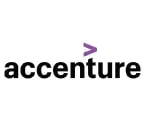

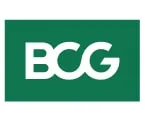
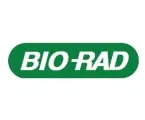
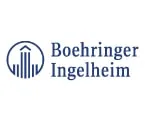
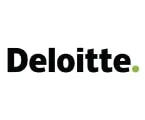
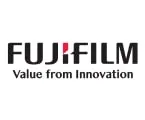

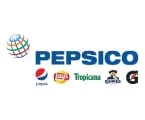
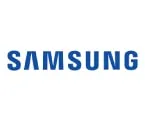





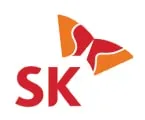
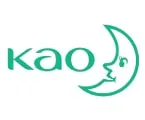

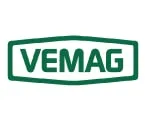





Published Date: Dec-2025
Published Date: Oct-2025
Published Date: Sep-2025
Published Date: Aug-2025
Published Date: May-2025
Please enter your corporate email id here to view sample report.
Subscribe to get the latest industry updates